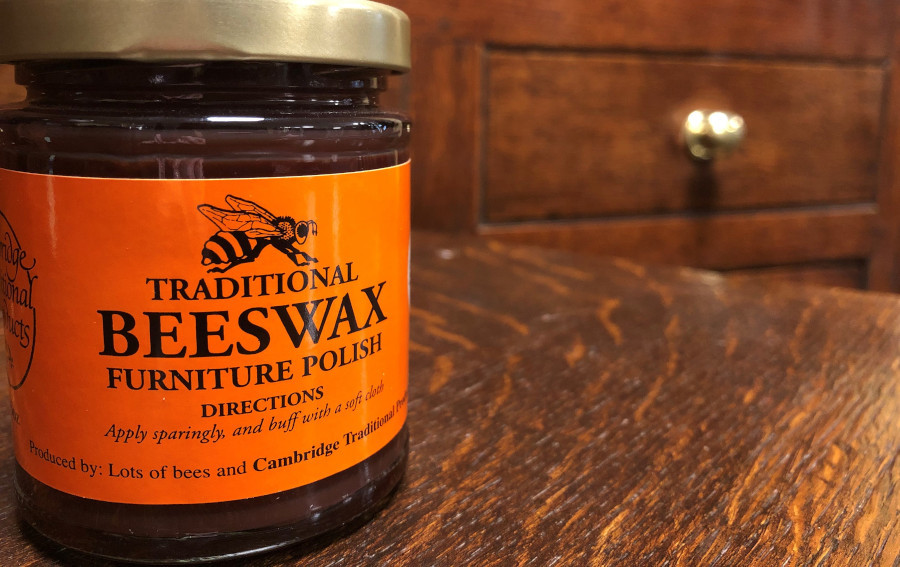
No matter how handy you are, never be overhasty when it comes to restoring antique furniture. Knowing how to recover an antique chair from centuries of neglect, or how to remove water stains from antique wood furniture that’s been left in a garage for decades, needs a certain level of research. Do it wrong and you could damage an antique irreversibly and quash its value. These nifty tips will show you how to do it right, raising your furniture’s beauty (and investment potential) significantly.
How to restore antique furniture: The basics
First thing’s first: always start with an aim to match your furniture to its original finish. Where cleaning is concerned, the abrasive synthetic varnishes and polishes of the 21st century should never be used to replace traditional wax or shellac. Make sure the surface of your furniture is clean and dry, then wipe the surface with a cloth. If it’s exceptionally filthy, add a tiny amount of vinegar (very diluted) to a moist cloth.
When you begin applying the furniture wax, start lightly. Use a soft, lint-free cloth to dip into the wax, then rub the wax onto the wood in small circular motions. Give it a light coat, but rub firmly. Once your wax is on, wait for up to one hour to make sure it’s dry, then buff up with a clean cloth in the direction of the grain. (Read more on how to polish antique furniture in this guide.)
Learn how to restore antique furniture with different conditions
You’d be surprised what kinds of conditions antiques can be discovered in. If you’re simply reviving the dullness of a piece, the above solution is highly effective. But sometimes, the problems are trickier…
How to treat woodworm in antique furniture
Woodworm holes in furniture is not always a cause to abandon all hope. It does not necessarily mean the woodworms are alive. Unless you’re learning how to treat woodworm in antique furniture that has been so badly infested it’s began to weaken structurally, you can buy woodworm-destroying fluid. Many of these come with a nozzle to insert the liquid into the holes and treat each area.
How to remove paint from antique wood furniture
We’ve all felt the pain of getting small specks of paint on furniture. It’s even more frustrating when it’s an antique piece. If you’ve done it yourself, quickly remove it while it’s still wet. If you’re panicking, wondering how to remove paint from antique furniture after it’s dried, then don’t fret - it should still wipe off as long as it’s water-based. However, emulsion or acrylic paint are very different beasts. These will require a clean cloth, with a tiny amount of methylated spirit. Leave the cloth resting on the area for under 30 minutes, then gently scrape the paint off with your fingernail or a small bit of wood.
How to repair cracks in antique furniture
From shifting to different locations to general use, there comes a time when we need to learn how to repair cracks in antique furniture. It’s fairly common to see tiny holes in pieces (see: how to treat woodworm in antique furniture), but sometimes these cracks can form due to shrinking in varying room temperatures. Wax filler sticks are the answer to your problem here. They’re very simple to use - just make sure you take time to build up the layers meticulously and get the colours as close to the original antique for a seamless finish.
How to remove water stains from antique wood furniture
Whether it’s a pesky tea ring mark or a knocked-over vase, spilling water on the surface of any antique can leave unsightly marks that can lower the value of a piece. Knowing to remove water stains from antique wood furniture can bring it back to its former glory. To start, heat a small glug of olive oil in a pan. Remove and stir in about quarter the amount of paraffin wax into the warm olive oil. Once mixed, rub into the furniture with a clean cloth and leave for a few hours. Buff off the excess and repeat until the water stain is gone. Finally, wax over to finish.
When to bring in the professionals
Learning how to restore antique furniture at home can only get you so far. Some examples may require a specialist set of hands and eyes. If you do go down that route, look for a qualified conservator.
Conservation departments at auction houses are brilliant sources to find restorers you can trust, as are The Museums and Galleries Commission, the United Kingdom Institute for Conservation and conservation training bodies such as the Courtauld.
Antiques are in our blood at Hemswell - we treat them responsibly and would only recommend trusted sources to care for them. Our Lincoln-based centres are filled with quality, looked-after antiques, meticulously preserved and restored where necessary. Come admire them for yourself and take home a treasure.